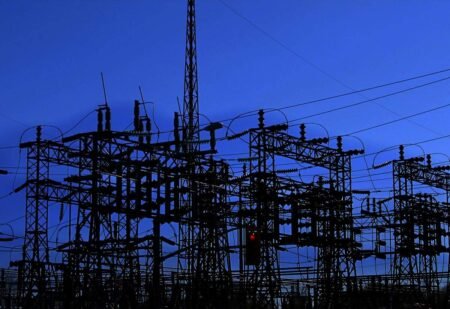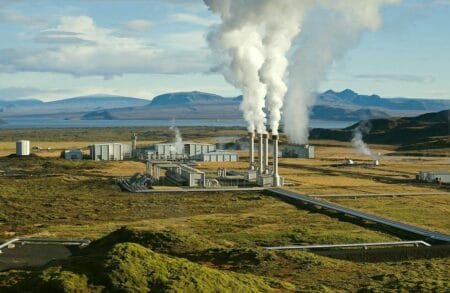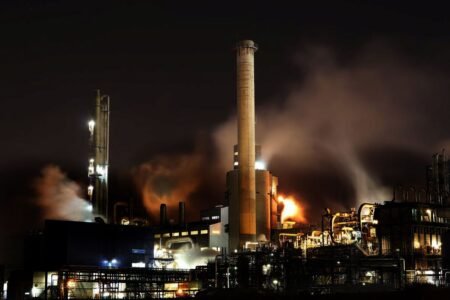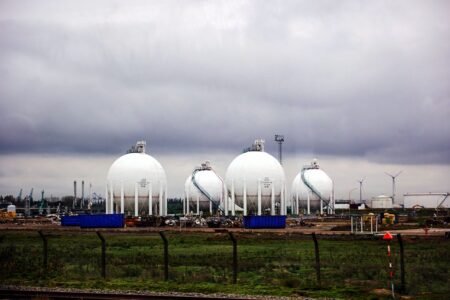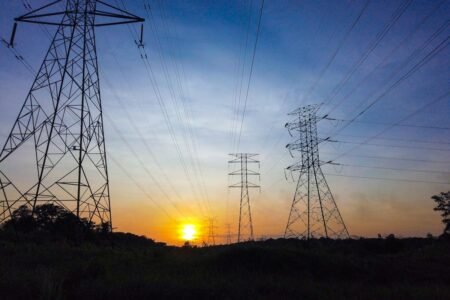The European Commission and the European fusion research laboratories launched on 9 October a European joint programme on fusion in Horizon2020 – ‘EUROfusion’ – that will ensure significant progress along the path towards the realisation of fusion energy. This joint programme has an overall budget of at least EUR 850 million over the period 2014-18, of which about half will come from the Euratom Horizon 2020 fusion energy research programme.
Advertisement
What is EUROfusion and who is part of it?
EUROfusion is a major achievement of both the European Commission and the fusion community. EUROfusion is a consortium of all national fusion research institutes across the European Union plus Switzerland. It is built on the solid foundations established in previous Euratom Framework Programmes, which supported the collective development of fusion science & technology and made Europe the world leader in this domain. EUROfusion represents even closer integration than in the past. In particular, the consortium has established a 5 – year joint programme with an overall budget of 850 million, which follows the agreed roadmap to fusion electricity. The latter is a comprehensive goal-oriented approach to developing fusion as a viable energy source by 2050; the success of ITER is the most crucial aspect in this roadmap. The present ceremony marks the signing of the Grant Agreement (contract) between the Commission and EUROfusion that provides 424M in funding from the Euratom Horizon 2020 programme 2014-18 and the same amount from Member States.
Members of the EUROfusion
EUROfusion includes 29 partners from 26 Member States (excluding Luxembourg and Malta) and Switzerland. All EU member states were invited to participate in this Consortium.
What is Fusion Roadmap and how it will be implemented?
The Fusion Roadmap is a strategic document paving the way to the realisation of a supply of fusion electricity to the grid by 2050 which has been agreed by fusion laboratories at the end of 2012. It is an ambitious roadmap, but at the same time realistic in its recognition of important problems that still need to be overcome to make commercial fusion happen. Through a goal-oriented approach, the roadmap transforms these problems into eight different missions, aimed at resolving critical aspects for reactor application. High-level work packages for the roadmap implementation have been prepared and the resources evaluated.
The Fusion Roadmap: what are the remaining challenges for getting fusion electricity on the grid?
- Success of key infrastructure – ITER (with support of JET) – ITER is the largest fusion reactor currently under construction in the South of France in Cadarache. It will be the first magnetic confined fusion device which will produce more power than put into it (it is expected to provide 10 times more power than put into it). ITER is a worldwide endeavour with seven international partners: Europe, China, India, Japan, Russia, South Korea and the USA.
- JET – The Joint European Torus (JET), the largest fusion tokamak in operation today, holding the world record in fusion power (15MW achieved in 1997) is being exploited as part of the EUROfusion joint programme exclusively to support ITER construction and future operation. The Culham Centre for Fusion Energy (CCFE), the UK host and operator of JET, recently signed a 5-year operation contract with the European Commission that will guarantee the availability of JET for all researchers in Europe until 2018. The cost to the Euratom programme is 50-57 million per year.
- Building and operating DEMO will be the successor of the international fusion experiment ITER and the next step on the way to provide fusion electricity. Its purpose is to develop and test technologies, physics regimes and control routines for operating a fusion reactor not as a scientific experiment, but as a power plant. One of the key criteria for DEMO is the production of electricity (albeit not at the price and the quantities of commercial power plants).
What is fusion?
Fusion is the energy source that powers the sun. To replicate fusion on Earth, scientists have extensively studied the potential of devices that use powerful magnetic fields to confine and isolate a very hot ionised gas (‘plasma’) of hydrogen isotopes in which the fusion reactions take place. The most studied is the doughnut-shaped ‘tokamak’, the largest operating example in the world currently being the Joint European Torus (JET) at Culham, UK. However, JET will be dwarfed by the next generation tokamak International Thermonuclear Experimental Reactor (ITER) the global research infrastructure currently under construction in the South of France. ITER will demonstrate for the first time the viability of fusion at reactor scale and is recognised in the roadmap as the key facility on the path to the realisation of fusion energy.
Is fusion safe?
Yes fusion would be a safe and environmentally responsible way to generate electricity. In a fusion reactor, energy is produced within a body of very hot ionised, often called ‘plasma’, of fusion isotopes. The plasma is so hot (even hotter than the centre of the sun) that it must be contained and isolated within a ‘magnetic bottle’ produced by powerful magnets.
The conditions needed for nuclear fusion to occur will disappear as soon as this containment is lost, meaning the process is intrinsically safe with no runaway chain reaction. The structural metal of a fusion reactor will become mildly radioactive over time, but within 100 years, without any additional action, it will have died away to levels of normal natural background radiation.
There are risks associated with the handling of tritium, a radioactive form of hydrogen and one of the components of the fuel in the plasma. However, only a few grams of it will be present in the reactor at any given time. In a fusion power plant, tritium will be bred in the reactor itself at the same rate at which it is consumed by the fusion reaction. Therefore, no transports to the plant or large storage facilities of radioactive fuel are needed and there exists no accident situations that would lead to large-scale environmental releases.
Further information:


